World’s Top SSM Operator
As an island nation, preventing any enemy landing is the foremost priority for Japan’s defense. Usually, the task is reserved for the Navy and Air Force, but the Army (JGSDF) is also well-prepared for such scenario in case the enemy makes a breakthrough.
Should the naval and air force units fail in their mission, it is up to the JGSDF’s SSM Regiments in halting the adversary by using surface-to-ship missiles (anti-ship missiles).
These regiments operate mobile SSM platforms consisting of launchers, search radars, and fire-and-control systems with the missiles being domestically produced Type 88 or the newer Type 12.
Normally, the regiments will be deployed along the coastlines to target enemy ships, but they can also fire from the rear mountainous areas where it is easier to avoid detection.
While most Type 88 and Type 12 missiles have a range of 150〜200km (93〜124 miles), the latter will be upgraded to 900〜1,500km (560〜932 miles) in order to counter the growing Chinese threat.
With this range extension, JGSDF will be able to cover the entire East China Sea and most parts of the West Pacific, significantly hampering the Chinese Navy’s freedom of action.
 The latest Type 12 SSM (photo: JGSDF)
The latest Type 12 SSM (photo: JGSDF)
The United States is also paying close attention to this effort since it regards the Japanese SSM regiments as one of the key assets in dealing with a numerically superior opponent.
In fact, units solely dedicated to operating anti-ship missiles are quite rare in the world, and the well-experienced Japanese SSM regiments are expected to serve a vital role in the US military strategy against China.
Alongside the US marines NMESIS anti-ship platforms, JGSDF’s SSM regiments will constitute a complex network of island defense which aims to undermine the Chinese navy by using high-precision, mobile weapons.
North to South, 5 to 7 Units
At the moment, Japan has a total of five SSM regiments with four stationed in northern part of the country (three in Hokkaido, one in the Tohoku region).
This concentration to the north is a Cold War relic and does not fit well with the current situation. Although Russia is still viewed as a potential threat, the likelihood of a Russian invasion is extremely low considering the force depletion in Ukraine.
Of course, the Ministry of Defense acknowledges this disproportionate deployment and is planning to abolish the SSM regiment in Tohoku while creating new ones in Kyushu and Okinawa.
The number of regiments are also expected to increase from five to seven with the new Type 12 SSMs being preferentially allocated to the SouthWestern Islands. These units in the south are likely to be prioritized in receiving the extended-range versions as well, enabling them to cover the vast ocean area.
This strategy of employing mobile SSM units for island defense somewhat derives from the famous Chinese A2AD strategy. Originally intended to repel the superior US forces through a network of cost-effective missiles, it is now being used against China by Japan and the US.
Due to the Chinese Navy operating aircraft carriers and high-spec destroyers, it is China’s turn to defend these expensive high-value assets from relatively cheap anti-ship missiles, making it ironic than ever.

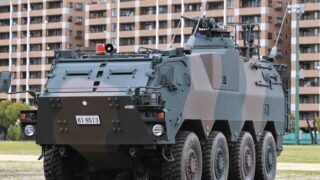

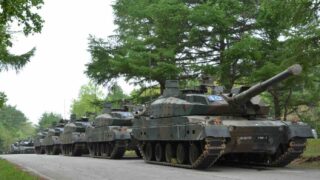
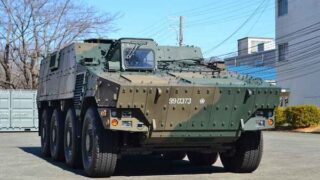

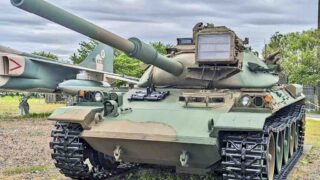

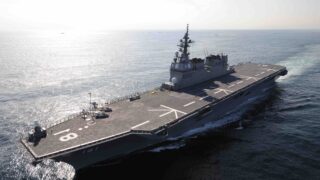

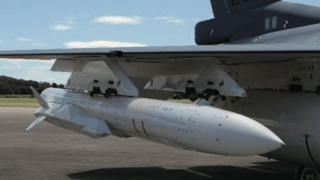
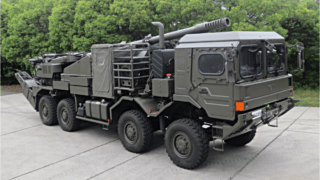
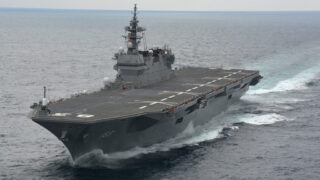

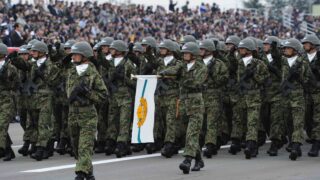
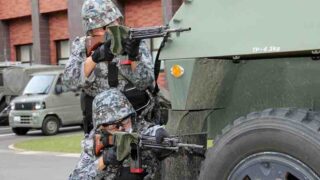
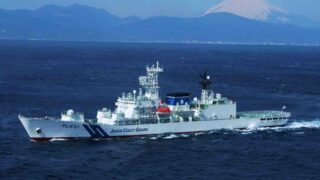

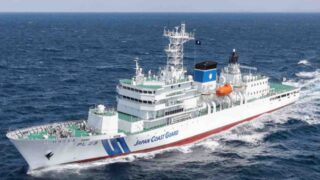
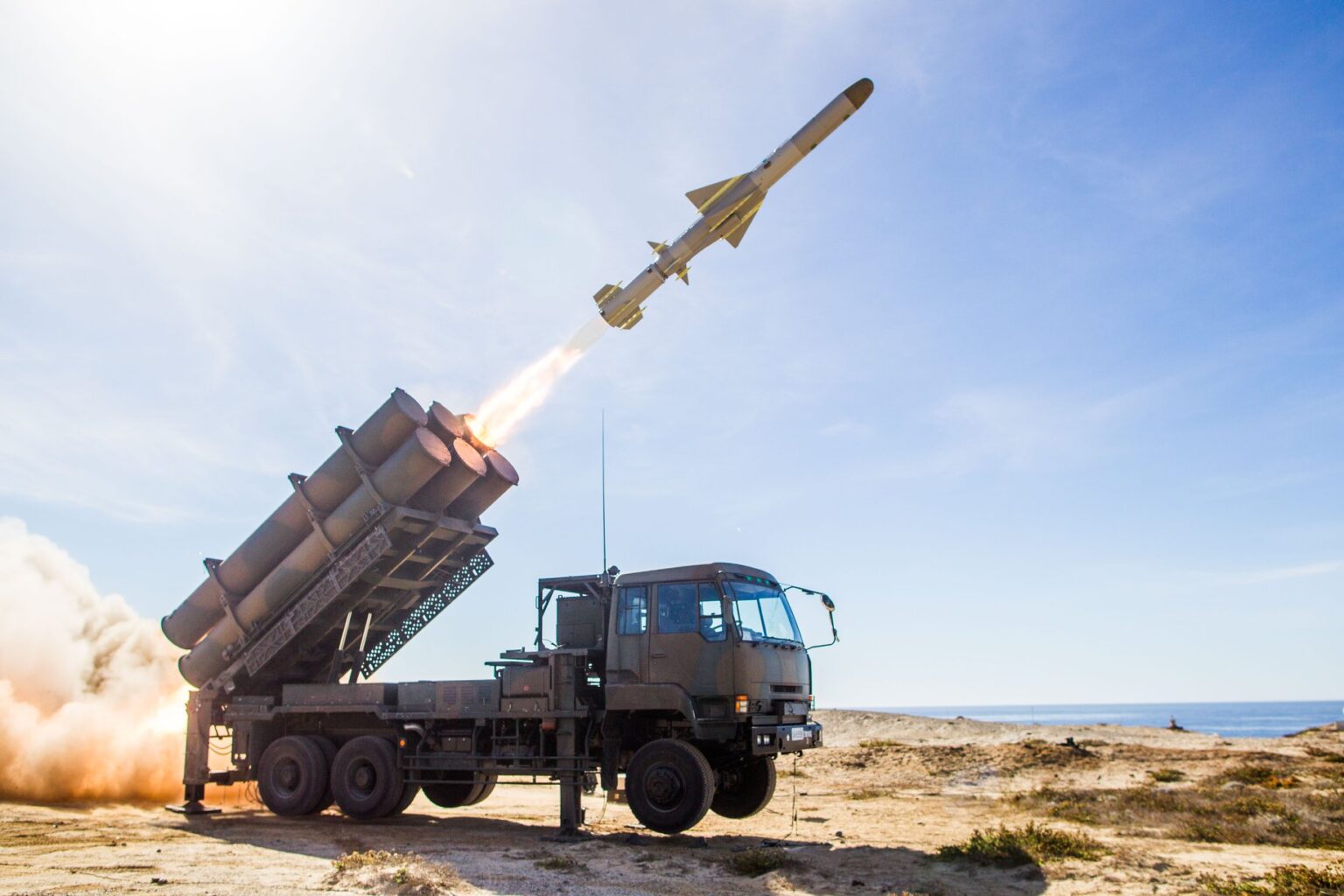
Comments